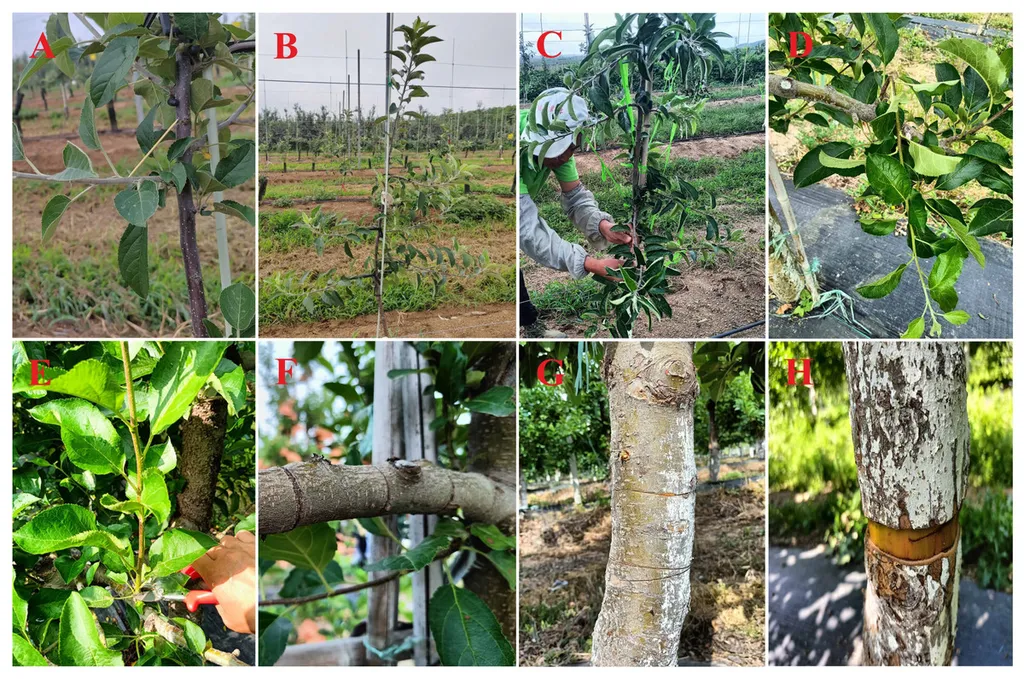In the heart of the apple orchards, a silent revolution is taking place, one that promises to reshape the way we cultivate one of the world’s most beloved fruits. Summer pruning, a practice as old as apple cultivation itself, is being reimagined through the lens of modern science and technology, offering growers a powerful tool to enhance fruit quality and yield. A recent literature review published in *PeerJ* sheds light on this transformative practice, providing valuable insights for both researchers and commercial growers.
Summer pruning, which includes techniques such as thinning, branch bending, and ring wounding, is not just about shaping trees; it’s about orchestrating a delicate balance between the tree’s nutritive and reproductive growth. “Timely and appropriate application of summer pruning can control the vigorous growth of new shoots, promoting the differentiation of flower buds,” explains lead author Xiaoyu Qiu from the School of Plant Protection and Environment at the Henan Institute of Science and Technology. This process, in turn, enhances early fruiting and yield in young trees, improves ventilation and light conditions, and reduces the incidence of pests and diseases.
The commercial implications of this research are substantial. Apple is a global crop, with a market value that runs into billions of dollars. By optimizing summer pruning practices, growers can significantly improve fruit quality, which directly translates to higher market prices and greater profitability. Moreover, the review highlights the potential of robotic pruning technologies, which could revolutionize large-scale apple production by making the process more efficient and precise.
However, the review also serves as a cautionary tale. “Excessive pruning negatively affects the tree’s strength, yield, and fruit quality,” Qiu warns. This underscores the need for a nuanced understanding of summer pruning techniques, tailored to specific cultivars and growing conditions.
Looking ahead, the integration of robotic technologies into summer pruning practices could be a game-changer. As the apple industry moves towards large-scale and intelligent development, robotic pruning could play a pivotal role in enhancing efficiency and consistency. This research not only provides a scientific reference for apple production but also sets the stage for future innovations in the field.
In the ever-evolving landscape of agriculture, summer pruning stands as a testament to the power of blending traditional practices with modern technology. As we continue to unravel the complexities of this age-old technique, one thing becomes clear: the future of apple cultivation is not just about growing fruits; it’s about growing smarter.

